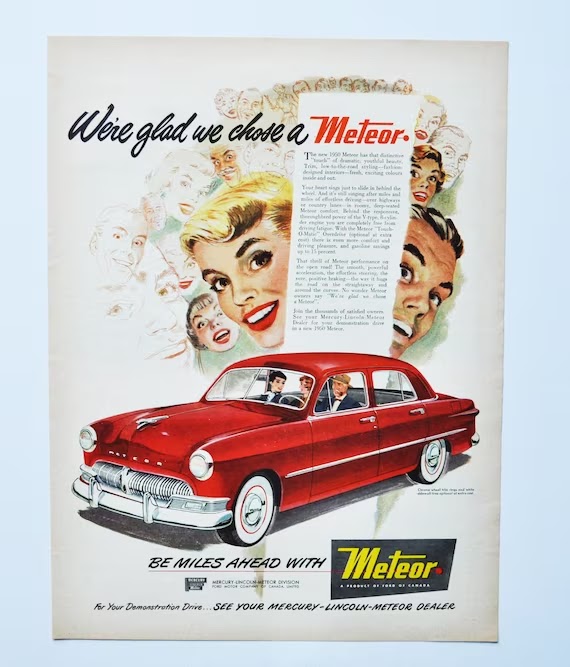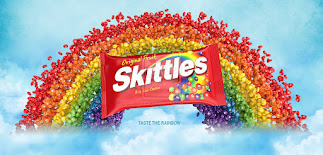Galaxy advert CS
1) What key conventions of TV advertising can you find in the Galaxy advert? Slogan, product shot, mise en scene, romance, 2) Wha t is the key message the Galaxy advert is communicating about its chocolate? The slogan for the advert will help you with this question. The key message of the advert is that the product is a luxurious, pristine, top quality product as the woman who seduced a man to become a chauffer wearing expensive enjoyed the delicate chocolate. 3) Who is Audrey Hepburn and w hy did Galaxy select Audrey Hepburn for this advert? Audrey Hepburn is a famous actor from the 20th century that is respected. Galaxy chose her as they wanted to make it old school. They also used famous people so theres a sense of relationship and trust. 4) What is intertextuality? The relationship between two different products. 5) What Audrey Hepburn films are suggested in this advert and how is this effect created (e.g. mise-en-scene - CLAMPS: costume, lighting, actors, make-up, props, se

